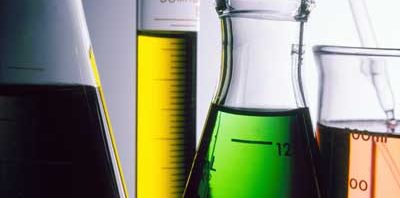“Methylation and redox buffering activities are equally supported by the methionine cycle and transsulfuration during normal redox conditions. [However], during oxidative stress multiple adaptive mechanisms shift the flux of sulfur resources toward GSH synthesis, including reduced activity of methionine synthase, increased activity of cystathionine-b-synthase (CBS) and decreased activity of cysteine dioxygenase (CDO). Lower methionine synthase activity reduces methylation, including dopamine-stimulated phospholipid methylation and its role in attention.”
For some readers, this paragraph might be slightly overwhelming. However, the phrases that are most important to pay attention to for the rest of this blog are italicized; normal redox conditions, oxidative stress, reduces methylation, role in attention. What do these phrases have in common? They are all important pieces in the story of autism.
Autism is a developmental disorder that affects the brain’s normal development of social and communication skills. The exact number of children with autism is unknown, but the number of diagnoses seems to be increasing. However, it is also unknown whether this is because the disorder is becoming more prevalent in the population or because there is an increased ability to diagnose the disorder.
There is little known about what causes autism, but scientists speculate that xenobiotics, or chemicals found in the body that are not normally produced by it, play a role in the development of the disorder. Researchers speculate that environmental insults (chemicals) promote oxidative stress and reduce methylation that leads to developmental delays and attention deficits as well as a lack of synchronization of neurons that is characteristic in autism.
This raises a concern for the chemicals that we encounter throughout our daily life, especially when these chemicals have such adverse effects on our bodies. It makes you wonder what other diseases these chemicals can induce in our bodies. Out of my own curiosity, I did the inevitable, and Googled it. What I found was slightly disheartening. The Agency for Toxic Substances and Disease Registry divides the bodies systems into categories and lists possible contaminants that might affect that particular system and where these contaminants might be found. For example, lead had negative effects on the renal system and can be found in old paint and outdate plumbing and nickel may adversely affect the skin and can be found in cement. The list was already quite extensive and it did not even include all the chemicals that we can be exposed to in our lifetime.
I sometimes wonder if society is so concerned with making life “easier” and more “efficient” that we forget that those things that might make life easier or more efficient for us also contain contaminants, contaminants that can harm our families and us. Or, for example, induce a disorder in children that negatively affects their social development and attention abilities.
If further research accumulates evidence pointing to certain chemicals that induce autism in children, will efforts be taken to take these chemicals off of the market? Due to the economics, I sometimes wonder if the necessary steps would be taken to do so, but ethically, it must be done.
Autism and Xenobiotics
